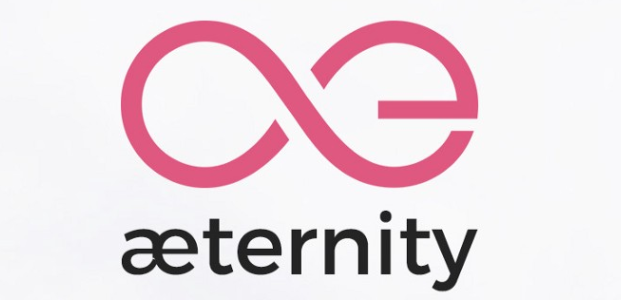Blockchain project Æternity aims for state channels, smartphone mining and financial inclusion
The second phase of the Aeternity contribution campaign is underway and ends on 12 June.

The Æternity blockchain project is open and scalable with lofty aspirations to appeal to the unbanked and allow mining via smartphones.
Yanislav Malahov, founder of Æternity, said: "We want to create a blockchain which is as decentralised as possible, letting everybody participate, while not allowing electricity or access to hardware be a limiting factor."
Malahov and his team have most recently been focusing on developing state channels, a way to facilitate off-chain series of transactions, in order to address the scaling problems blockchains face today.
Aeternity keeps all the contract states and code off-chain. The way state channels work is they open with a transaction on the blockchain and close with a transaction on the blockchain, but the state of transactions in between is stored by the counterparties. This creates a problem, in that a counterparty could cheat by settling an old state and publishing it to the blockchain. The simplest way to prevent this happening is just by watching the blockchain and not going offline for too long.
Aeternity suggests using untrusted third parties to help do this task; given access to the state of the smart contract but are not able to transact. They can stay online and watch for a counterparty trying to cheat using old state, for which they would be rewarded with transaction fees. Looking ahead, small transaction fees can also be paid to those who forward or route payments through a network of state channels.
Aeternity is written in Erlang; taking a functional programming approach to state channels has been useful because the programs being written take an input and produce an output with no side effects, said Malahov. "Nothing else gets modified. So with state channels, this way you can have lots of transactions and even smart contracts in parallel because they don't interfere with each other; they don't have side effects."
Originally Aeternity intended to be a 100% proof-of-stake (PoS) blockchain. However, the team no longer thinks a decentralised 100% PoS system is possible. Malahov cited a kind of historical attack PoS can be subjected to: "If you gathered private keys from any point of the past and have 51% of them, you can create a completely different version of the blockchain from this point in time.
"There is a big incentive to monetise these old private keys; there could be a dark market in them – so it can't really work in the long run in my opinion."
Malahov said suggested solutions to this problem, such as Vitalik Buterin's support for weak subjectivity, compromise decentralisation of the system.
Aeternity uses a hybrid Proof-of-Work (PoW) and PoS consensus mechanism, with the block-order being determined via PoW. It currently favours a PoW variant of John Tromp's Cuckoo Cycle, which is limited factor by memory latency availability rather than computation and requires less electricity to run. This makes it feasible to mine with a smart phone.
Malahov said research and improvement with the mining algorithm is ongoing. "The point is that we optimise the mining algorithm software for existing standard hardware. And if we make it possible that these tokens are mined with a phone this would be a major step forward."
He added that allocating a relatively small amount of global energy production to build a new and inclusive transaction system is not a bad idea, given that it will steer globalisation in a new direction.
The second phase of the Aeternity contribution campaign is underway and ends on 12 June.
Disclaimer: The author owns a materially insignificant amount of ether, purchased to attempt to set up a smart contract using Mist. He holds no other tokens, takes no part in token sales or ICOs, and does not plan to.
© Copyright IBTimes 2025. All rights reserved.






















